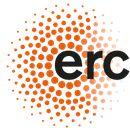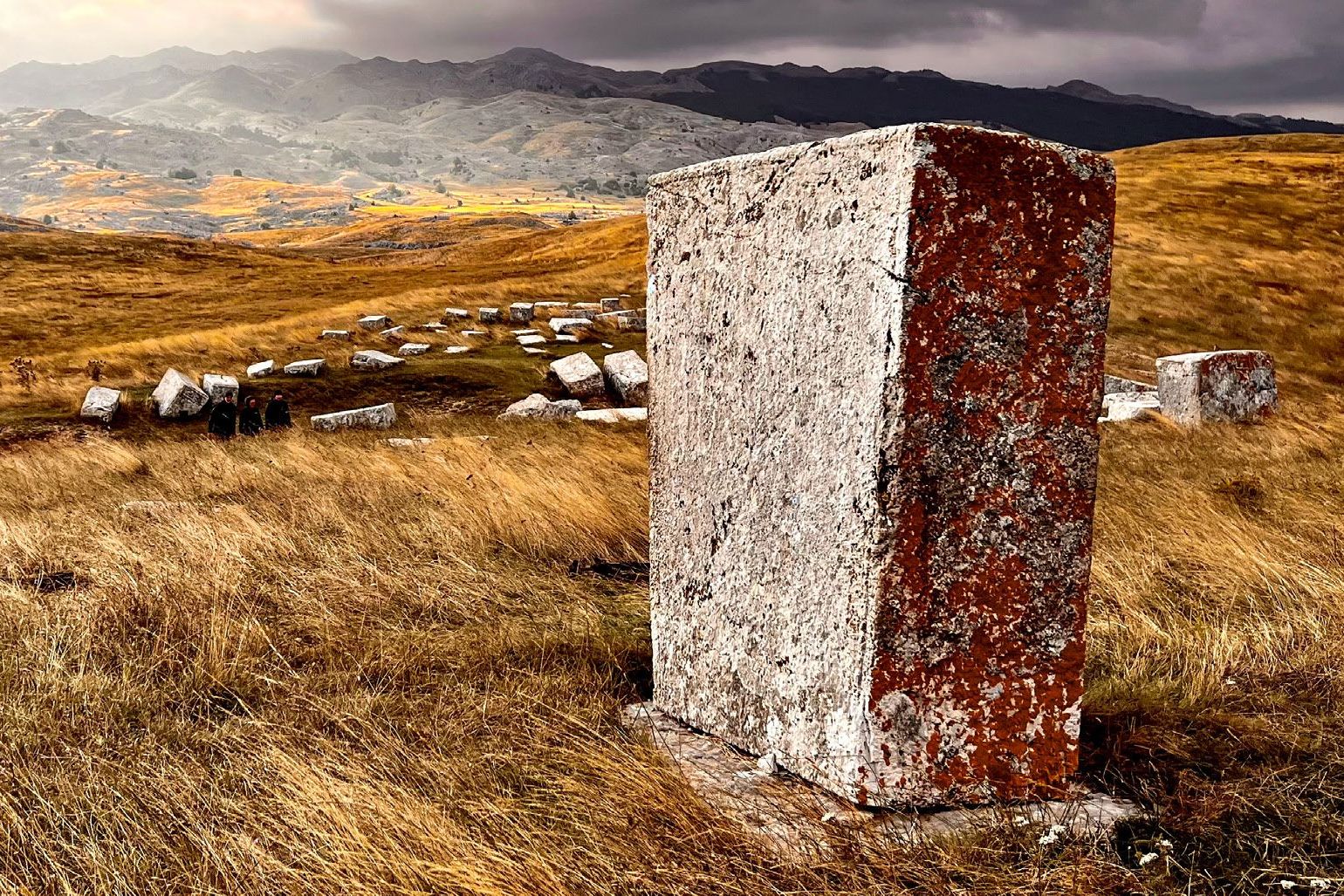"Unde venis?" Unravelling the enigma of the stećci tombstones
Principal Investigator at ZRC SAZU
Saša Čaval, PhD-
Acronym
STONE
Project Team
Žiga Kokalj, PhD, Aleš Marsetič, PhD, Luka Škerjanec, Lucija Grahek, PhD, Anja Ragolič, PhD, dr. Urška Stražišar, Nejc Čož, PhD-
Project ID
GAP-101089123
-
Duration
1 May 2024–30 April 2029 -
Lead Partner
-
Financial Source
European Reseach Council

Partners
University of Ljubljani, University of Belgrade
Stećci are medieval tombstones dispersed throughout Bosnia and Herzegovina, Croatia, Montenegro and Serbia. Still preserved in situ in tens of thousands in the landscapes, they are common grave markers of the Late Medieval and early Ottoman (12th C - 16th C) Western Balkans’ plural societies. Although erected in the geographical region known for the ‘medley of peoples,’ stećci are not attributed to any ethnic or religious group and have always been considered enigmatic, lacking a clear, explicit belonging. The sheer number and dispersed distribution have hampered stećci scholarship, confining our understanding of this heritage to visual information and historical overviews. This multi-scale, multi-proxy archaeological project will integrate innovative and multidisciplinary approaches to study medieval funerary archaeology. The principal goal is to understand the social life of the society that left us these remarkable monuments. Focusing on medieval Herzegovina, the cradle of the stećci phenomenon, the proposed research into the social lifeways of these monuments will redefine the scholarship of the medieval Western Balkans funerary culture and situate it within a European context, significantly raising its visibility within international scholarship and the public domain. In addition to increasing our understanding of stećci, STONE will establish a discipline of medieval epigraphy in the Western Balkans; introduce epiconography, a conceptually innovative approach to study inscriptions and decorations on stećci; use a prehistoric landscape approach to investigate medieval landscape and initiate a paradigmatic shift away from the current culture-historical approach to the study of past societies. The proposed research will serve as a propulsive force within Western Balkan medieval archaeology, enabling it to make a decades-long leap to align with current medieval European funerary and research trends.

Photo: Žiga Kokalj